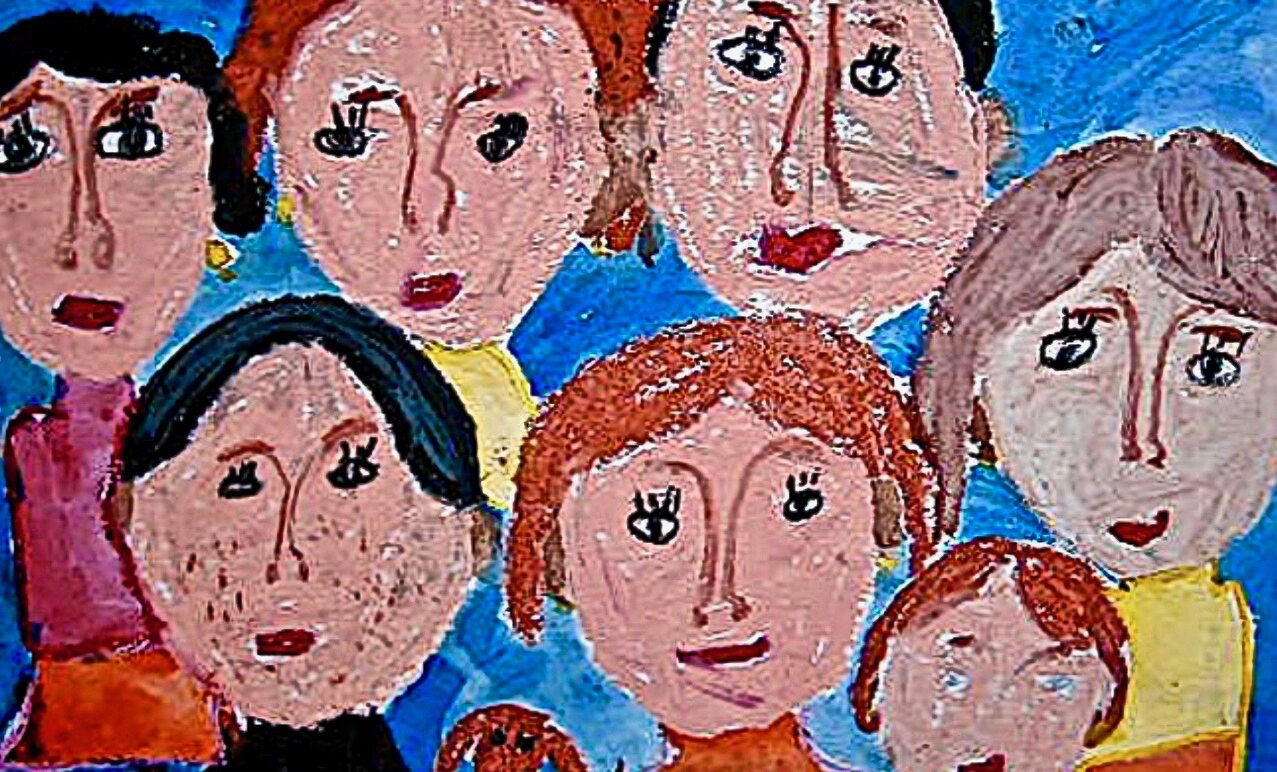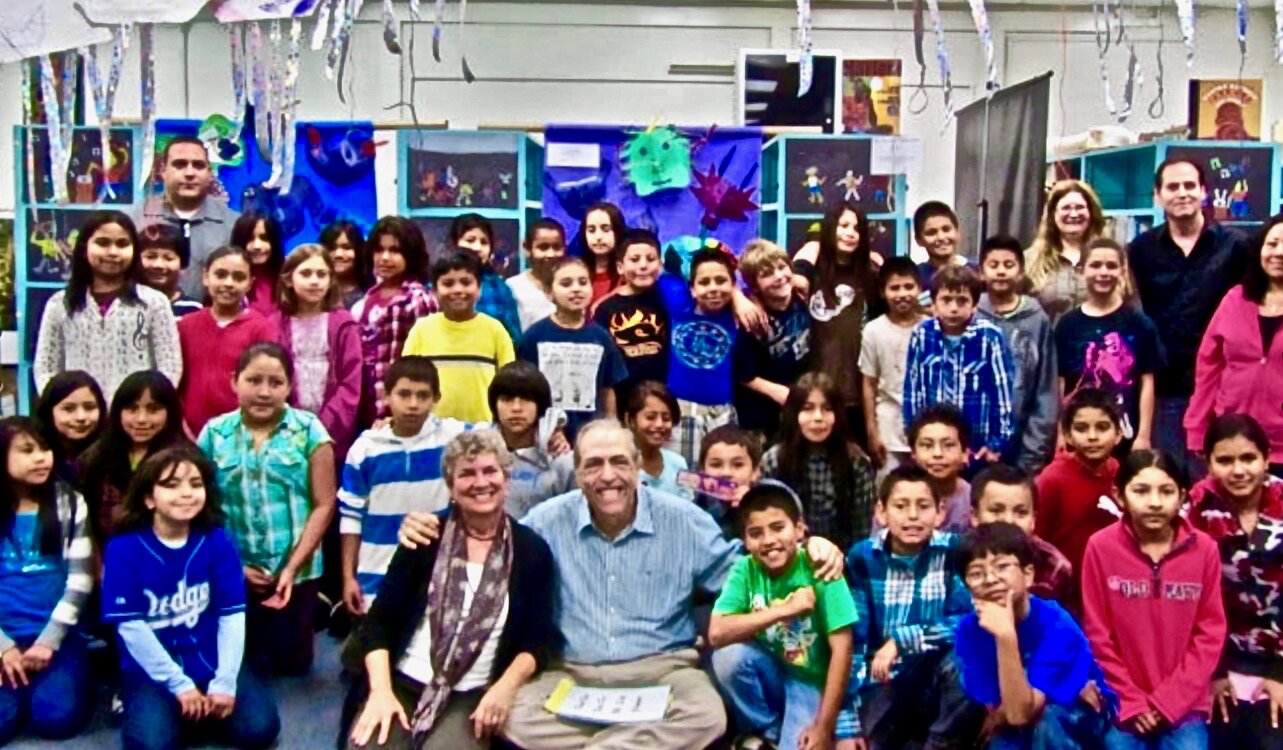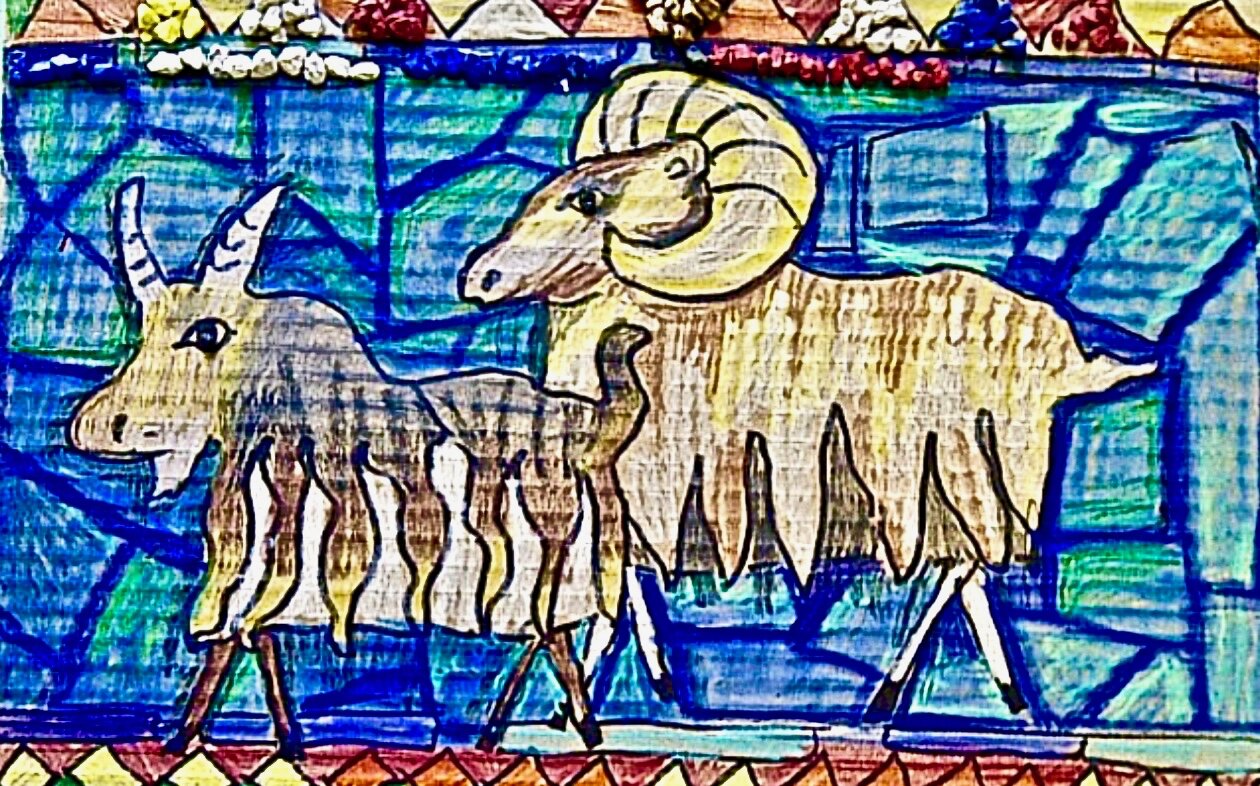








Artist in Residence (AIR)
The Artist in Residence (AIR) program provides outstanding quality art education programs to schools, libraries, hospitals, museums, parks, community centers, social service agencies and festivals for pre-school to seniors. In schools we teach kindergarten through AP Studio Art.
We teach art as a discipline and cultivate creativity, critical thinking, and aesthetic appreciation as well as visual arts skills. Our curricula are individualized to the needs of each site. Curricula can integrate art with other core disciplines like history, literacy, and science as well as present formal arts and global cultural arts. Diverse media are explored: clay, collage, drawing, painting, printmaking, recycled materials, sculpture.
Our teachers are practicing artists; our curricula are standards-based, innovative and multilayered. A variety of programs are offered appropriate to differing needs and ages. Our programs are designed to foster meaningful interdisciplinary connections, to encourage risk-taking in a supportive environment and to inspire exploration of the creative process.
The Cultural Arts
The Cultural Arts program focuses on art projects that celebrate traditional arts in global cultures. Our curricula span the continents.
The Environmental Arts
The Environmental Arts program celebrates nature and ecology. It focuses on recycled art. Collaborative projects include site-specific installations on various ecosystems like the ocean, the forest, the mountains, and the desert.
History and Art
History and Art presents history through art beginning with the early Stone Age at Lascaux and extending to contemporary art. Students study the role of art in earlier cultures and civilizations by making art that connects them to the past, cultivating a sense of place and time.
Literacy and Art
Literacy and Art reinforces literacy through the arts. Book making, puppetry, story telling, systems of calligraphy throughout history, mythical symbols, ancient codices are examples of potential units for a curriculum. Art is examined as visual communication by exploring various modes of communication, expression and interpretation.
Science and Art
Science and Art focus on perception and observation. Art as visual information is stressed through close examination of the world around us. Astronomy, biology, botany and mathematics are strongly linked to art in the elementary grades. Learning about light, human anatomy, plant anatomy and, animal anatomy, geometry and spatial visualization are examples of topics for interdisciplinary projects.
The Formal Arts
The Formal Arts program offers instruction in numerous techniques and materials: introduction to drawing, painting, figure drawing, portraits, landscapes and still life provide an excellent foundation on which to build artistic skills. Line, color, tone, volume, shape, texture, composition are incorporated into the lessons.
Our curriculum consultants include former LAUSD Arts Specialist and Administrator Barbara Becker and Program Director Quan Trang, artist/teacher. For more information, please contact our Executive Director, Shelah Lehrer-Graiwer, at slehrergr@gmail.com.
